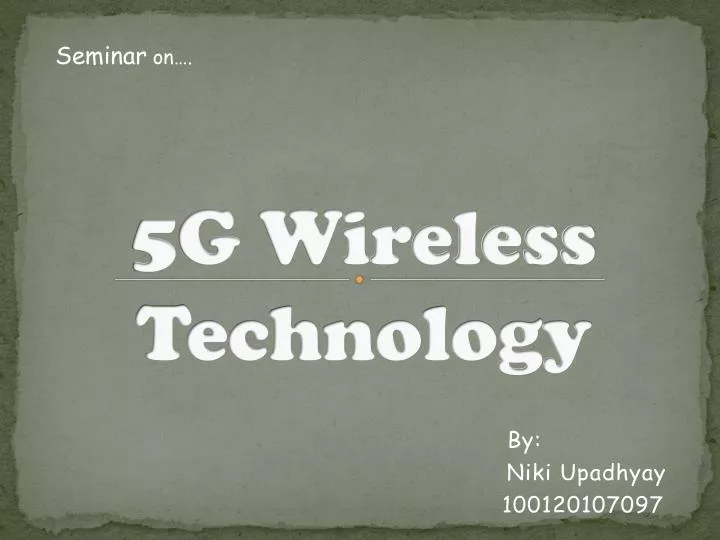
People are capped at around 190-200 ms with proper training. The average reaction time for humans to a visual stimulus is 250 ms or 1/4 of a second.

This high-band 5G spectrum provides the expected boost not only in speed but also in capacity, low latency, and quality. The use of shorter frequencies (millimeter waves between 30GHz and 300GHz) for 5G networks is why 5G can be faster.
Up to 10-year battery life for low power IoT deviceĥG speed tops out at 10 gigabits per second (Gbps).ĥG is 10 to x100 faster than what you can get with 4G.Īccording to communication principles, the shorter the frequency, the larger the bandwidth. Up to 100x number of connected devices per unit area (compared with 4G LTE). Up to 10Gbps data rate - > 10 to 100x speed improvement over 4G and 4.5G networks. 5G technology is driven by 8 specification requirements: This makes sense if you think about what 5G has to offer. The next generation of telecom networks (fifth generation or 5G) has started hitting the market end of 2018 and will continue to expand worldwide.īeyond speed improvement, the technology is expected to unleash a massive 5G IoT (Internet of Things) ecosystem where networks can serve communication needs for billions of connected devices, with the right trade-offs between speed, latency, and cost. Let's see how 5G technology is about to change the world. What's the relation between 5G and satellites?. What does it mean for consumers and operators?. When is 5G coming, and where is it available?. What is the difference between 4G and 5G?. 

On this Q&A page, you'll discover key facts about 5G:







 0 kommentar(er)
0 kommentar(er)
